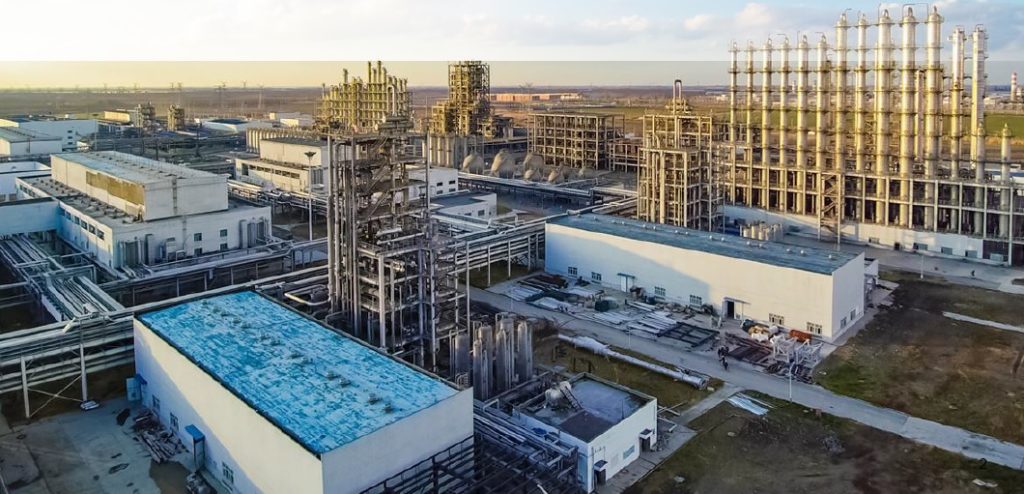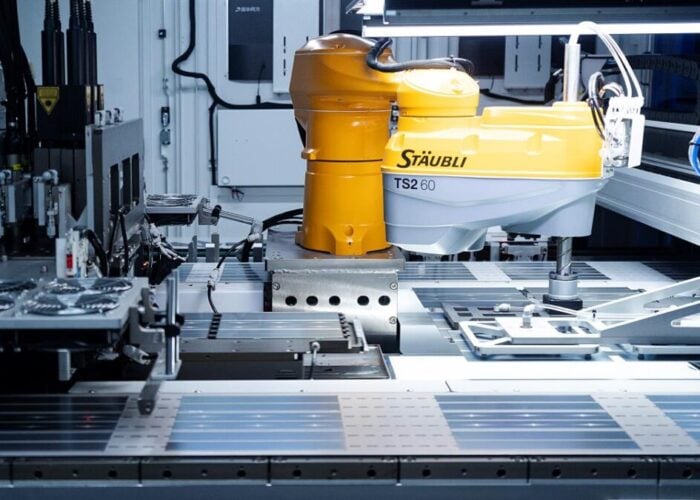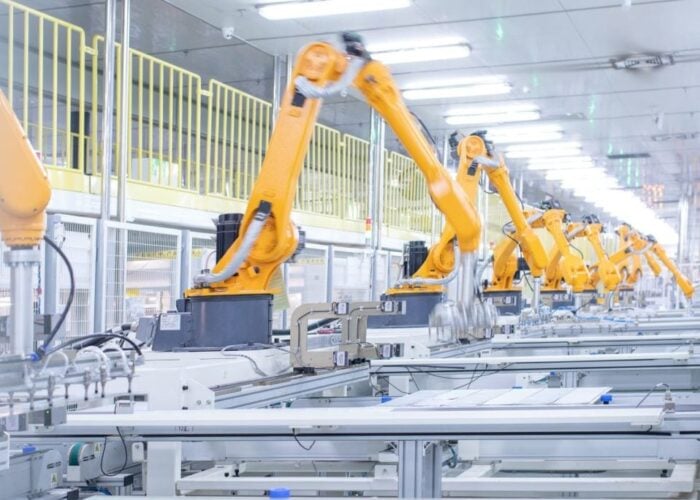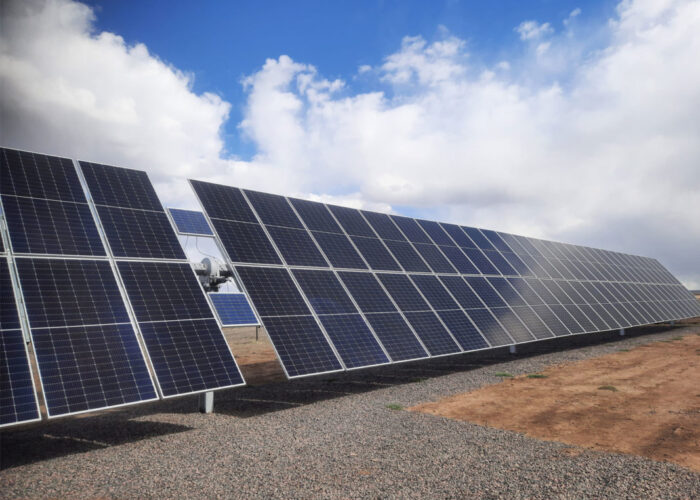
Primarily driven by a 28% reduction in its polysilicon production cost, Daqo New Energy recorded its best production volume and profits in Q2 2022.
Production cost continued to fall during Q2 2022 to US$7.26/kg, down from US$10.09/kg in the previous quarter, which contributed to the improvement of the company’s gross profit and gross margin in the second quarter of the year.
Try Premium for just $1
- Full premium access for the first month at only $1
- Converts to an annual rate after 30 days unless cancelled
- Cancel anytime during the trial period
Premium Benefits
- Expert industry analysis and interviews
- Digital access to PV Tech Power journal
- Exclusive event discounts
Or get the full Premium subscription right away
Or continue reading this article for free
CEO Longgen Zhang expects to maintain and “possibly further improve” the cost structure of the polysilicon provider in the second half of 2022 with a favourable outlook for costs at the new Inner Mongolia facility.
The polysilicon producer ramped up its new Phase 4B facility to full capacity and further optimised its operational performance as expected during its Q1 2022 results release.
Gross margin rose to 76.1%, with the company’s gross profit reaching US$946.9 million, more than trebling the profits recorded in Q2 2021 of US$303.2 million.
While revenue for Q2 slightly decreased to US$1,244.1 million, compared to US$1,280.3 million in Q1 2022, due to a lower sales volume. But this was compensated by the increase in average selling price (ASP) to US$33.08/kg, from US$32.76/kg in Q1 2021.
With polysilicon prices climbing during the first half of this year, profitability also kept improving which was driven by a strong end market demand and increased orders from wafer suppliers. The company has already sold out its production capacity for August and has a “strong” order backlog for its products.
Zhang said he believed polysilicon price would remain elevated for the rest of the year and into 2023, when he expected it to fall in H2. He told analyst that he believed the price of polysilicon would stay at around US$250/kg for the first half at 2023, after which it could fall to between US$180-US$200.
Zhang also said that reports the Chinese government may intervene in polysilicon pricing were unfounded, arguing a greater factor to consider was the upwards pressure this puts on module prices.
Meanwhile, Daqo operated at full capacity according to Zhang, and produced 35,326MT of polysilicon in Q2 2022, selling 37,545MT. This is compared to 31,383MT and 38,839MT during Q1 2022, respectively.
During the second half of the year, the polysilicon provider will spread out its annual maintenance, “in order to minimise the impact on operations” said Zhang.
“During the same time, we will conduct some technology improvement projects which are expected to further save energy and optimise efficiency,” added Zhang.
As a result of these operations, Daqo expects a polysilicon production volume in the range of 31,000 – 32,000MT during Q3 2022.
Due to a “better-than-expected” operational performance in the first half of 2022, the company has increased its guidance on annual production volume to 129,000 – 132,000MT, up from the previous guidance of 120,000 – 125,000MT.
The polysilicon producer continues to pursue its expansion plans with the 100,000MT Inner Mongolia plant that is already under construction expected to be completed by Q2 2023.
The facility will be funded with the proceeds obtained in June by the subsidiary Xinjiang Daqo on the Shanghai Stock Exchange which raised RMB11 billion (US$1.62 billion) in a private offering.





